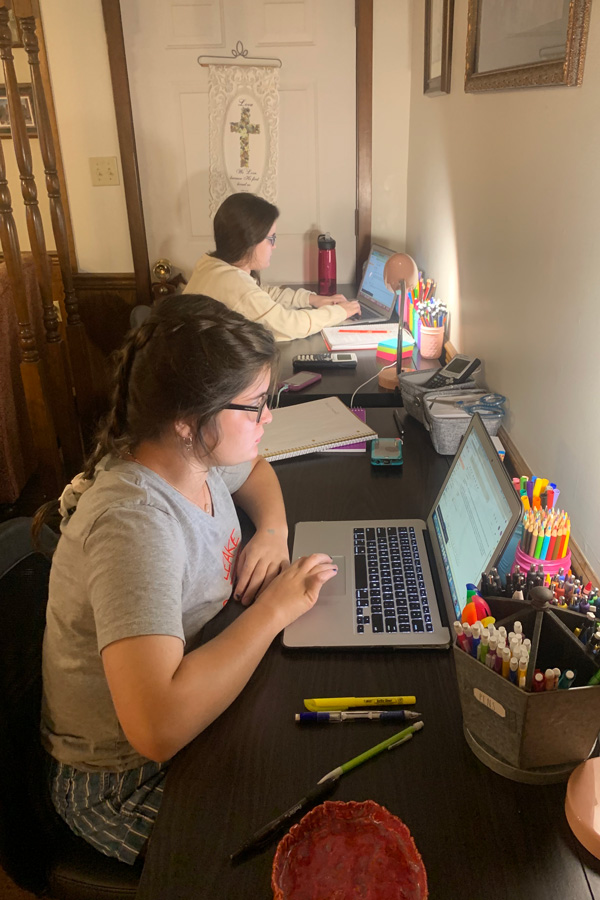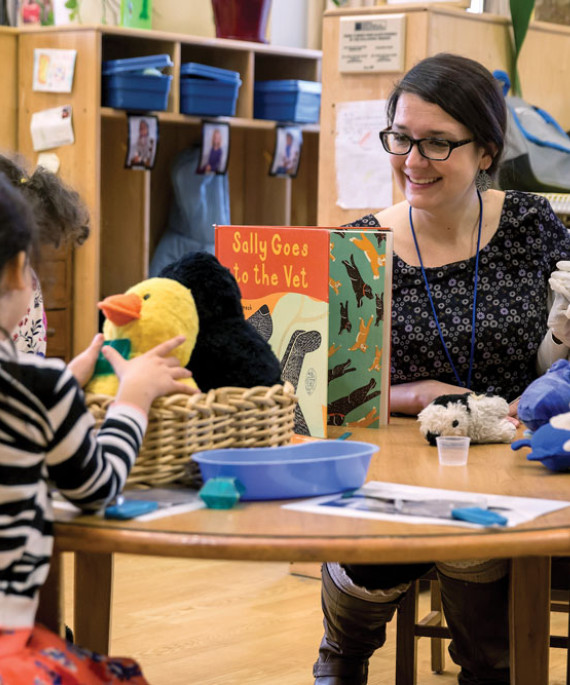
Many students - no matter their age - will be starting school in the U.S. in a distance-learning model.
This article is republished from The Conversation under a Creative Commons license. Read the original article.
When nearly all U.S. brick-and-mortar schools suddenly closed in March 2020 and went online, large numbers of students simply didn’t log into class. Even if they did show up, many more weren’t paying much attention or doing their schoolwork. As a new school year gets underway, is there anything that teachers and families can do to curb these problems with remote learning due to COVID-19?
Having spent our careers doing research on student motivation and learning with technology, we recommend these three strategies.
1. Go out of your way to build relationships
The importance of the relationships that develop in classrooms is often taken for granted. With online learning, students and teachers can no longer greet each other with high-fives and fist bumps or develop a sense of connection through direct eye contact. Their interactions are now restricted, and in a growing number of communities they are limited to communications through computers.
Teleconferencing software like Zoom can mimic face-to-face conversations and lessons. An array of digital tools can improve the quality of these sometimes awkward interactions. Some are text-based, delivered either live or pre-recorded.
Pictures, audio clips, videos, emojis and GIFs help people get their points across more clearly and colorfully. Rather than seeing them as frivolous, we recommend that families and teachers not be afraid to encourage students to use those tools to build and strengthen social relationships with their peers and their teachers.
Students will also benefit when schools create opportunities to spend non-instructional time with other students online because it makes it easier to forge personal connections. To be sure, schools also need to set and enforce clear “netiquette” – online manners – to discourage digital bullying and support a positive culture. This is especially true when a new semester gets underway.
We recommend that schools set up virtual study rooms and online discussion boards where students can be encouraged to regularly socialize and work collectively and that families encourage children to participate.
2. Stress the relevance of what students are learning

Students often question why they are required to learn various topics. What teacher or parent has never had to answer a question such as, “When will I ever need to know about the Spanish-American War?”
More than ever, it matters whether students get why what they’re learning is relevant. Research unequivocally shows that when students understand this, they are more engaged, more likely to want to learn more about the topic in the future and even more likely to choose careers related to what they’re being taught.
Technology can help. For example, videos and other online resources can instantly show students how a particular topic might be essential for certain careers. And we recommend that teachers tell students to briefly interview relatives and friends, whether by using Zoom, email or the phone, about why a particular topic that they are learning might be relevant to their own lives.
3. Establish new routines
Students benefit from routines at school, because routines help them to organize and use their time efficiently throughout the school day. These can include short breaks between classes when they can interact with their peers and take a mental break before they begin their next class. Online learning, even with some daily instruction happening in real time, is more self-paced and self-managed. Kids will benefit from a new daily routine that suits their virtual school schedule and their family’s needs. Students are likely to be more engaged with online learning if they are expected to get ready for the day by acting as though they were actually going to their school building, and not just roll out of bed and turn on the computer.
Students quite often don’t know how to effectively set reasonable goals, manage their time, take notes, study for tests, ask for help in constructive ways or plan and carry out research projects.
Because figuring all of that out only gets harder with online learning, kids and teens will benefit if they establish daily plans with achievable goals. Families can help them keep their plans on track by encouraging students to think about the strategies they are using and reminding them when and how to apply appropriate study strategies.
For example, while a student is watching an online instructional video, we recommend that parents and other guardians from time to time get them to briefly pause the clip. Try asking “Do you understand what you’ve seen so far?” If not, suggest that they start it over. Offer to help them puzzle through what’s being taught. If that doesn’t help, assist with scheduling a personal meeting with their teacher.![]()




